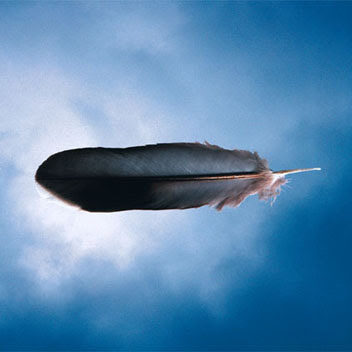Michael Riley was a contemporary Indigenous Australian photographer and filmmaker who was born in 1960 in Dubbo, New South Wales. He was a member of the Wiradjuri nation and his work explored the complex issues facing Indigenous Australians, including identity, representation, and cultural heritage.
Riley’s interest in photography began in the 1980s, when he was living in Sydney and working as a graphic artist. He initially began taking photographs as a way to document his own experiences and those of his friends and family, but soon his work began to explore broader social and cultural issues.
One of Riley’s most well-known photographic series is “Flyblown,” which he created in the early 1990s. The series features portraits of Indigenous Australians with the faces of dead flies superimposed over their faces, a reference to the way in which Indigenous people were often seen as pests or vermin by non-Indigenous Australians. The series was a powerful commentary on issues of representation and the way in which Indigenous Australians have been dehumanized and marginalized.
Riley’s work was not just limited to photography, however. He was also a talented filmmaker and his documentary “Blacktracker,” which explored the life of Aboriginal tracker Alex Riley, won numerous awards both in Australia and internationally.
Throughout his career, Riley was committed to raising awareness of the issues facing Indigenous Australians and to promoting a deeper understanding of Indigenous culture and history. His work was deeply personal and reflective of his own experiences as an Indigenous person in Australia, but it also had a wider significance in terms of its contribution to the broader discourse around Indigenous issues.
Riley’s legacy continues to influence contemporary Indigenous artists and photographers today. His work serves as a powerful reminder of the importance of representation and the ongoing struggles faced by Indigenous Australians in their fight for recognition, justice, and equality.
Sadly, Michael Riley passed away in 2004 at the young age of 43, but his impact on Australian art and culture lives on through his work and the numerous awards and accolades he received throughout his career. He remains a significant figure in the history of Australian Indigenous photography and a testament to the resilience and creativity of Indigenous Australians.
